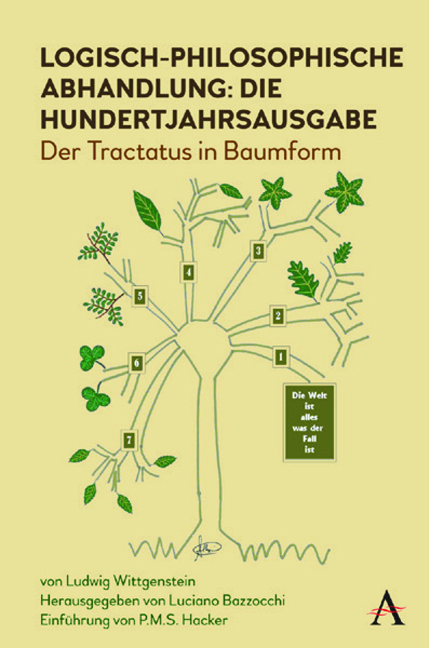Introduction
Published online by Cambridge University Press: 23 February 2022
Summary
The Tractatus numbering system: Misunderstandings
The Tractatus contains 526 numbered remarks. The book is printed in numerical order, starting with 1, 1.1, 1.11, 1.12, 1.13, 1.2, 1.21, 2., 2.01, 2.011, 2.012, 2.0121 and so on throughout the book until the final four remarks 6.522, 6.53, 6.54 and 7. In the Tractatus, Wittgenstein inserted an asterisked note to 1, which runs as follows:
The decimal numbers assigned to the individual propositions indicate the logical importance [Gewicht, weight] of the propositions – the stress laid on them in my exposition [Darstellung, presentation]. The propositions n.1, n.2, n.3, etc. are comments on proposition no. n; the propositions n.m1, n.m2, etc. are comments on propositions no. n.m; and so on. (TLP, note to proposition 1)
This asterisked note was added in pencil to the Ts204 typescript when it was returned to Wittgenstein by Frege in November/December 1919. The pencilled note originally included, after the first sentence, the following: ‘So the propositions 1, 2, 3, 4, 5, 6, 7 are the cardinal propositions.’ This Wittgenstein crossed out, presumably because of the incongruity or opacity of characterizing a sequence of cardinal numbered propositions as cardinal propositions. Nevertheless, it suggests that the seven cardinal propositions, which are the basis of the logical tree, should be read in sequence – otherwise the structure of the tree cannot be understood. More clearly, the Bemerkungen (comments, remarks) n.1, n.2, n.3 are sequentially (not severally) comments or remarks on proposition n and meant to be read as such. Each such sequence develops a specific line of thought to its end. And so too for propositions n.m1, n.m2 and so on. They too are to be read sequentially, being a continuous line of elucidation of proposition n.m. And so on.
Evidently, Wittgenstein had not originally intended to insert such an explanatory note at all. He perhaps assumed, as he later observed of an architect, that he should not explain the building he had designed and built, since it shows its structure. He evidently took it for granted that it would be obvious to an intelligent reader, and especially to a logician and mathematician such as Frege, that the numbering system indicated a tree structure – a logical tree.
- Type
- Chapter
- Information
- Logisch-philosophische Abhandlung: die HundertjahrsausgabeDer Tractatus in Baumform, pp. 1 - 24Publisher: Anthem PressPrint publication year: 2021



